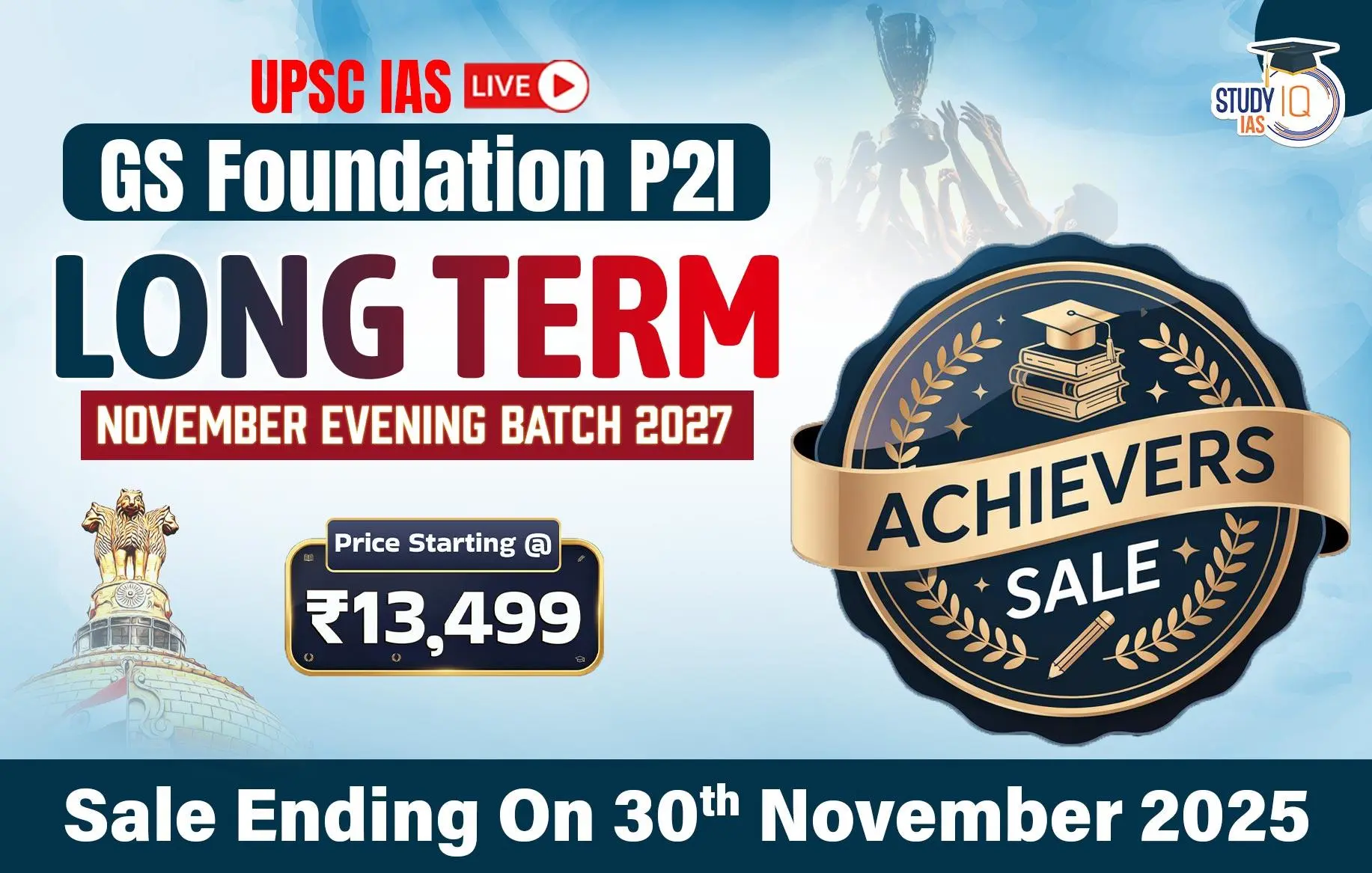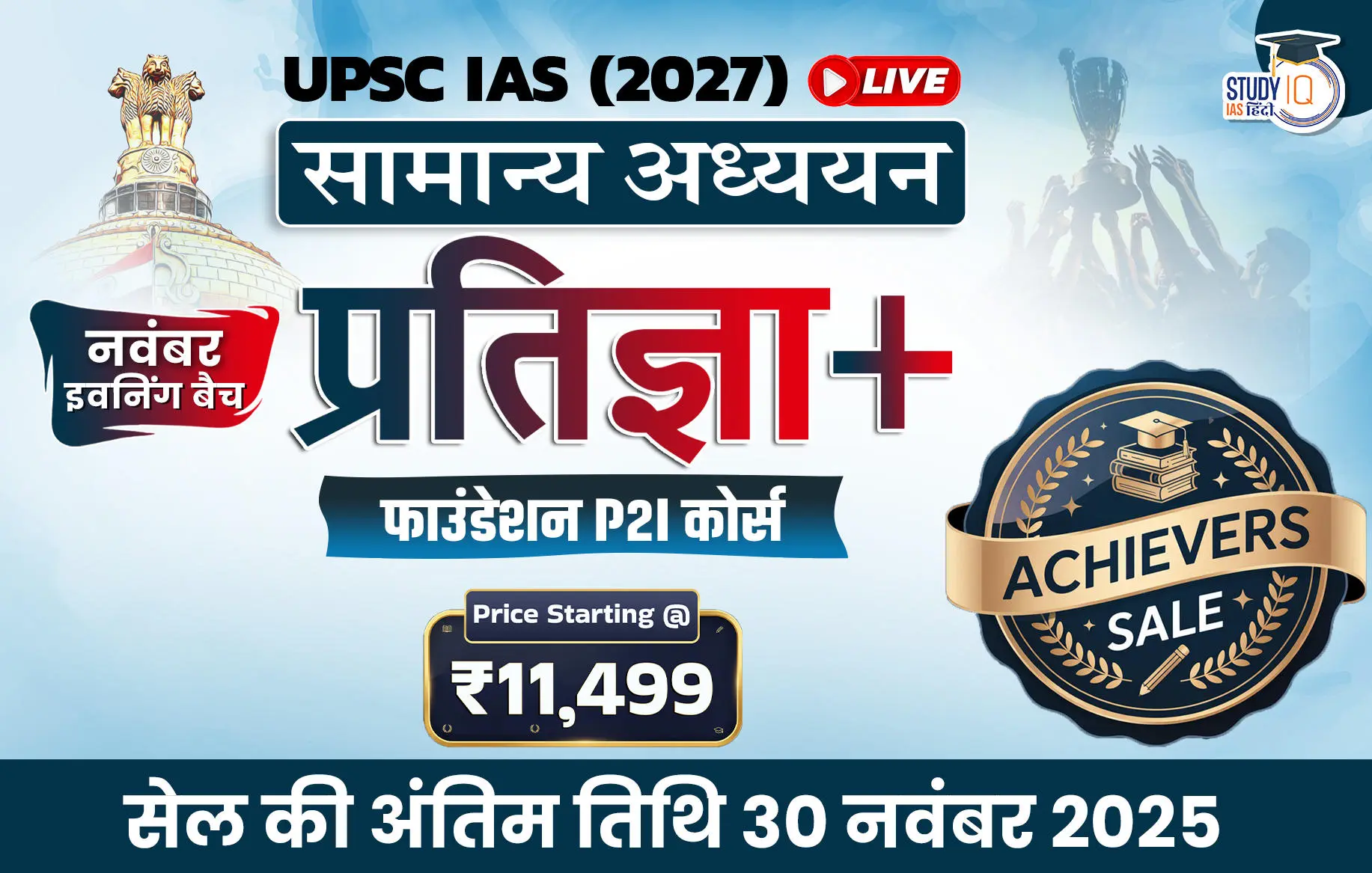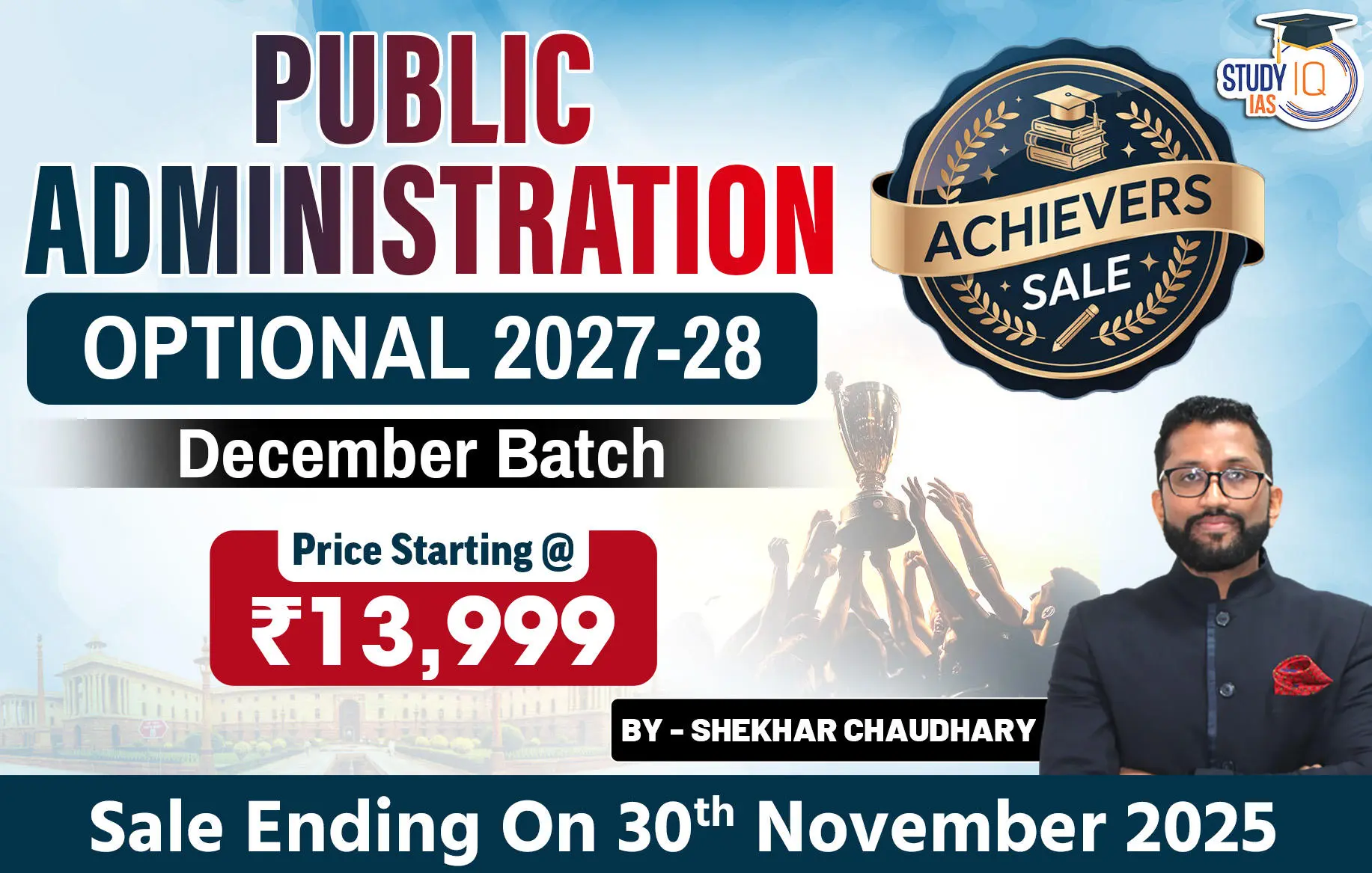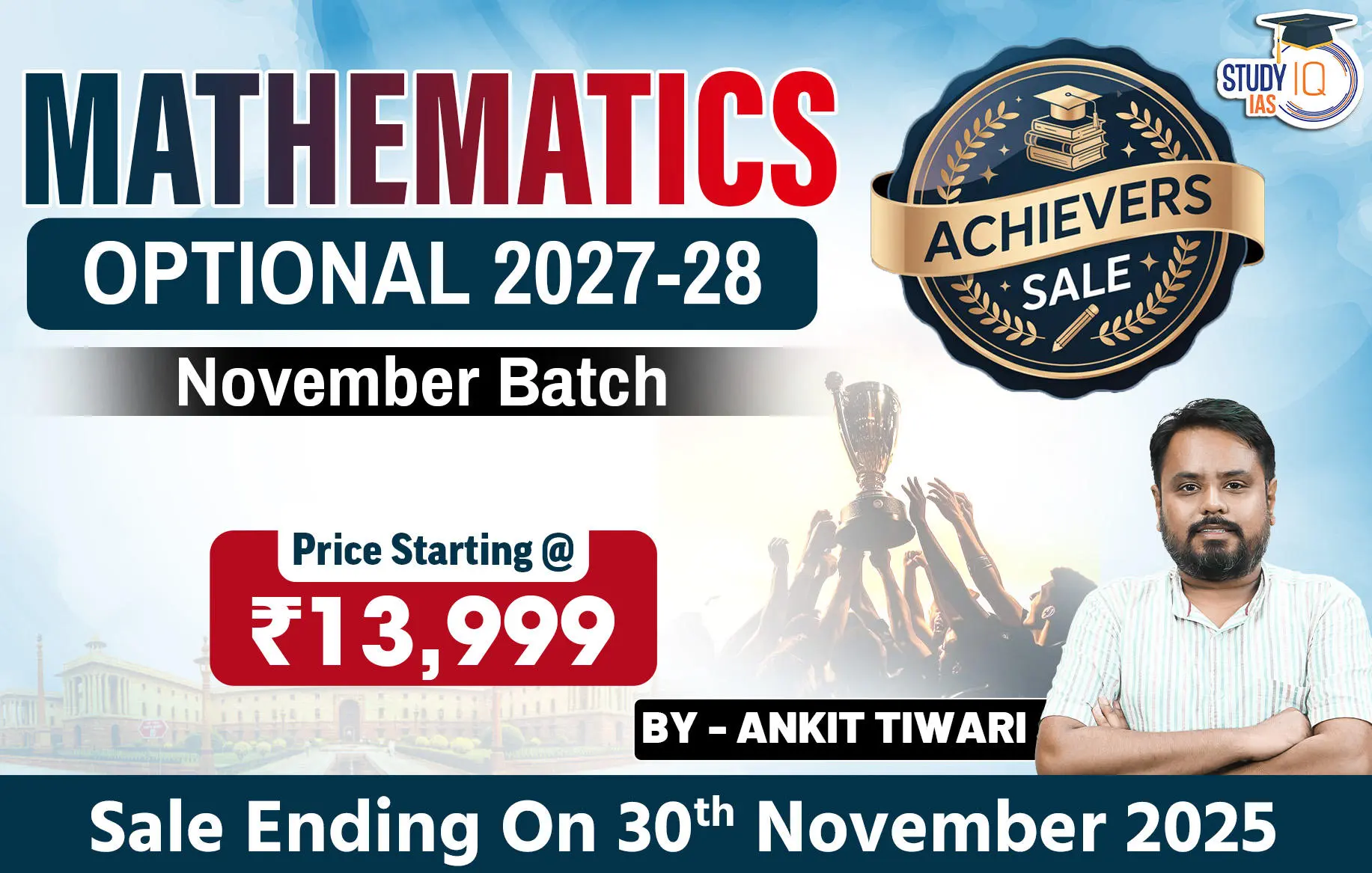The Union Public Service Commission (UPSC) Civil Services Examination is the most prestigious exam in India, testing aspirants on diverse areas of knowledge and analytical ability. Among the General Studies papers, GS Paper 2 (Polity, Governance, Social Justice, and International Relations) plays a decisive role in determining the final merit.
The UPSC Mains GS Paper 2 – 2025 was conducted on 23rd August 2025 in the afternoon session (2:30 PM – 5:30 PM). The paper tested candidates’ ability to analyze constitutional principles, governance reforms, social justice challenges, and India’s role in global affairs. This article provides a detailed analysis of difficulty level, question trends, and key insights for UPSC 2026 aspirants.
UPSC GS Paper 2 – 2025: Exam Overview
| Particulars |
Details |
| Date of Exam |
23rd August 2025 |
| Time |
2:30 PM – 5:30 PM |
| Total Marks |
250 |
| Total Questions |
20 |
| Word Limit |
Q.1–10: 150 words (10 marks each)
Q.11–20: 250 words (15 marks each) |
| Nature of Paper |
Descriptive (essay type) |
| Medium |
Hindi & English |
| Negative Marking |
None |
UPSC Mains GS Paper 2 Analysis 2025
The UPSC Mains GS Paper 2 (2025) was analytical, balanced, and conceptually demanding, requiring aspirants to blend constitutional principles with real-world governance and global issues. The difficulty level was Moderate to Difficult, and success depended on the ability to provide multi-dimensional, well-structured, and critically balanced answers.
| Q. No. |
Question |
Marks |
Word Limit |
| 1 |
Discuss the ‘corrupt practices’ for the purpose of the Representation of the People Act, 1951. Analyze whether the increase in the assets of the legislators and/or their associates, disproportionate to their known sources of income, would constitute ‘undue influence’ and consequently a corrupt practice. |
10 |
150 |
| 2 |
Comment on the need of administrative tribunals as compared to the court system. Assess the impact of the recent tribunal reforms through rationalization of tribunals made in 2021. |
10 |
150 |
| 3 |
Compare and contrast the President’s power to pardon in India and in the USA. Are there any limits to it in both the countries? What are ‘preemptive pardons’? |
10 |
150 |
| 4 |
Discuss the nature of Jammu and Kashmir Legislative Assembly after the Jammu and Kashmir Reorganization Act, 2019. Briefly describe the powers and functions of the Assembly of the Union Territory of Jammu and Kashmir. |
10 |
150 |
| 5 |
The Attorney General of India plays a crucial role in guiding the legal framework of the Union Government and ensuring sound governance through legal counsel.” Discuss his responsibilities, rights and limitations in this regard. |
10 |
150 |
| 6 |
Women’s social capital complements in advancing empowerment and gender equity. Explain. |
10 |
150 |
| 7 |
e-Governance projects have a built-in bias towards technology and back-end integration than user-centric designs. Examine. |
10 |
150 |
| 8 |
Civil Society Organizations are often perceived as being anti-State actors than non-State actors. Do you agree? Justify. |
10 |
150 |
| 9 |
India-Africa digital partnership is achieving mutual respect, co-development and long-term institutional partnerships. Elaborate. |
10 |
150 |
| 10 |
“With the waning of globalization, post-Cold War world is becoming a site of sovereign nationalism.” Elucidate. |
10 |
150 |
| 11 |
“Constitutional morality is the fulcrum which acts as an essential check upon the high functionaries and citizens alike…” In view of the above observation of the Supreme Court, explain the concept of constitutional morality and its application to ensure balance between judicial independence and judicial accountability in India. |
15 |
250 |
| 12 |
Indian Constitution has conferred the amending power on the ordinary legislative institutions with a few procedural hurdles. In view of this statement, examine the procedural and substantive limitations on the amending power of the Parliament to change the Constitution. |
15 |
250 |
| 13 |
Discuss the evolution of collegium system in India. Critically examine the advantages and disadvantages of the system of appointment of the Judges of the Supreme Court of India and that of the USA. |
15 |
250 |
| 14 |
Examine the evolving pattern of Centre-State financial relations in the context of planned development in India. How far have the recent reforms impacted the fiscal federalism in India? |
15 |
250 |
| 15 |
What are environmental pressure groups? Discuss their role in raising awareness, influencing policies and advocating for environmental protection in India. |
15 |
250 |
| 16 |
Inequality in the ownership pattern of resources is one of the major causes of poverty. Discuss in the context of ‘paradox of poverty’. |
15 |
250 |
| 17 |
“In contemporary development models, decision-making and problem-solving responsibilities are not located close to the source of information and execution, defeating the objectives of development.” Critically evaluate. |
15 |
250 |
| 18 |
The National Commission for Protection of Child Rights has to address the challenges faced by children in the digital era. Examine the existing policies and suggest measures the Commission can initiate to tackle the issue. |
15 |
250 |
| 19 |
“Energy security constitutes the dominant kingpin of India’s foreign policy, and is linked with India’s overarching influence in Middle Eastern countries.” How would you integrate energy security with India’s foreign policy trajectories in the coming years? |
15 |
250 |
| 20 |
“The reform process in the United Nations remains unresolved, because of the delicate imbalance of East and West and entanglement of the USA vs. Russo-Chinese alliance.” Examine and critically evaluate the East-West policy confrontations in this regard. |
15 |
250 |
Difficulty Level of GS Paper 2 – 2025
The overall difficulty level of the paper was Moderate to Difficult. The challenge was not in the obscurity of topics but in the analytical depth required within strict word limits.
-
Easy to Moderate: Role of Attorney General, J&K Assembly post-2019, Women’s social capital
-
Moderate: Tribunal reforms, Civil Society Organizations, India–Africa digital partnership
-
Difficult/Analytical: Constitutional morality, UN reforms, waning globalization & nationalism, paradox of poverty
Key Features of GS Paper 2 (2025)
-
Balanced Coverage – Polity, governance, social justice, and international relations were equally represented.
-
Comparative Analysis – India vs USA (pardoning powers, judicial appointments).
-
Contemporary Focus – Tribunal reforms (2021), J&K post-2019, UN reform deadlock, digital diplomacy.
-
Analytical Orientation – Most questions required “discuss, critically evaluate, examine”, not just factual recall.
-
Ethical Dimension – Constitutional morality, poverty paradox, social justice themes tested aspirants’ normative reasoning.
Trends in UPSC GS Paper 2 (2022–2025)
| Year |
Dominant Themes |
Nature of Questions |
| 2022 |
Federalism, Electoral Reforms, Civil Services |
Analytical with current affairs linkages |
| 2023 |
Judicial Independence, Governance Reforms, IR |
Case law-heavy & critical evaluation |
| 2024 |
Polity, Digital Governance, Global Multipolarity |
Mix of static + dynamic trends |
| 2025 |
Constitutional Morality, Fiscal Federalism, UN Reforms |
Comparative, analytical, ethics-driven |
Preparation Insights for UPSC 2026
-
Master Landmark Cases – Kesavananda Bharati, NJAC, Shreya Singhal, Indira Gandhi vs Raj Narain.
-
Use Reports & Data – 2nd ARC, Punchhi Commission, Finance Commission, NFHS, Economic Survey.
-
Link Current Affairs – Tribunal reforms, GST disputes, G20 outcomes, UNSC stalemate.
-
Answer Writing Strategy – Follow IBC format (Introduction–Body–Conclusion).
-
Practice Past Papers – Attempt within 3 hours to build speed and balance depth with brevity.
Sharing is caring!

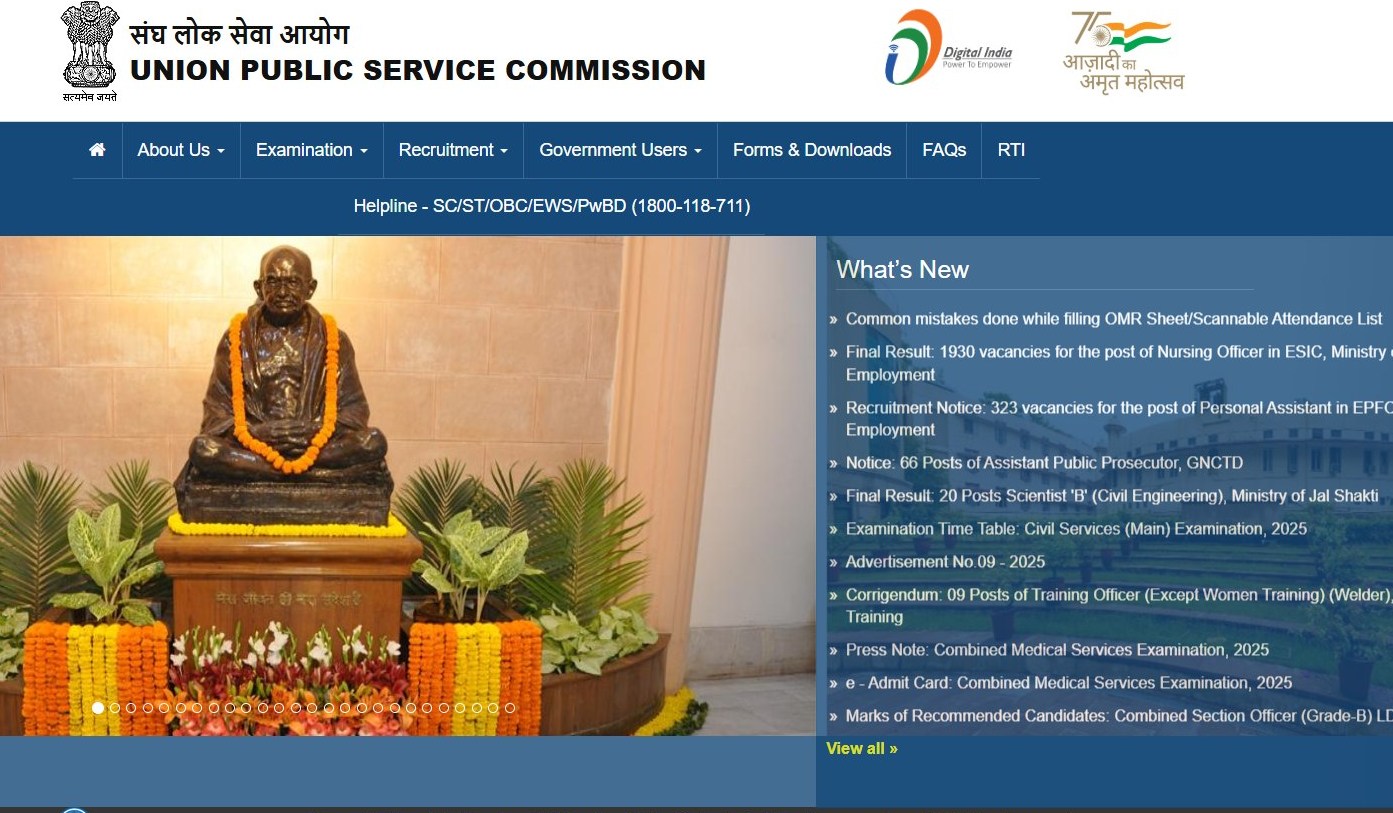
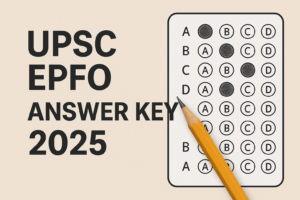 UPSC EPFO Answer Key 2025 Out (Unofficia...
UPSC EPFO Answer Key 2025 Out (Unofficia...
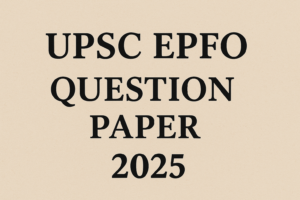 UPSC EPFO Question Paper 2025 PDF Downlo...
UPSC EPFO Question Paper 2025 PDF Downlo...
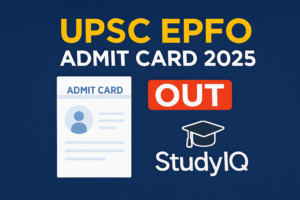 UPSC EPFO Admit Card 2025 Out @ upsc.gov...
UPSC EPFO Admit Card 2025 Out @ upsc.gov...

